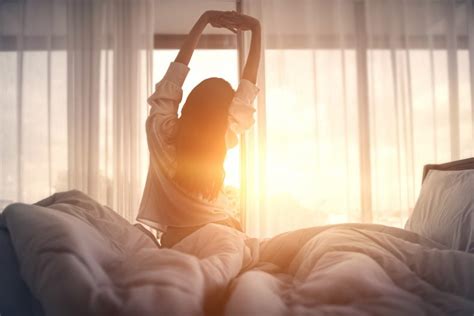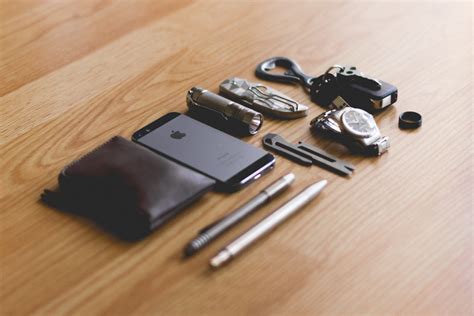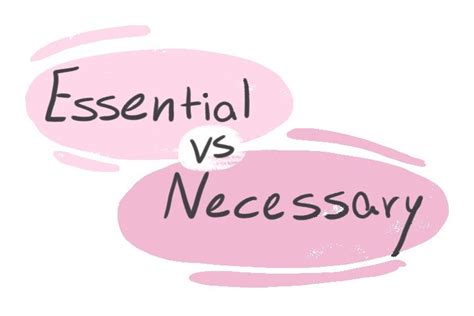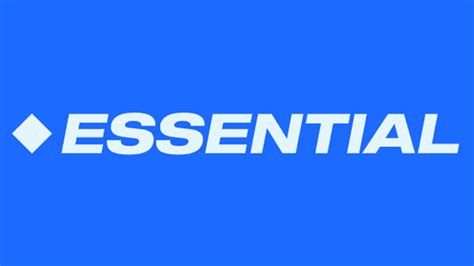Which sleep tech gear truly optimizes recovery for peak daily performance?
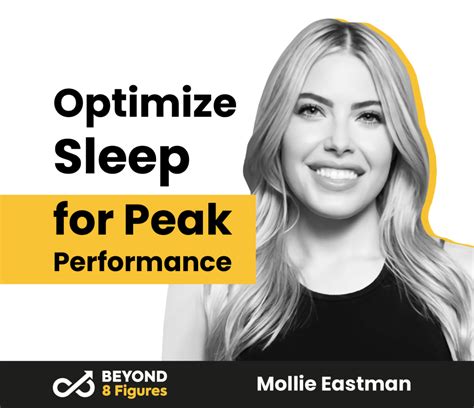
The Quest for Optimal Recovery: Can Sleep Tech Deliver?
In our relentless pursuit of peak daily performance, quality sleep has emerged as the non-negotiable foundation. Gone are the days when sleep was merely a passive state; today, it’s an active recovery process, and technology is stepping in to optimize every moment. But with an overwhelming array of gadgets promising deeper rest and enhanced recovery, how do we discern which sleep tech truly delivers on its promise?
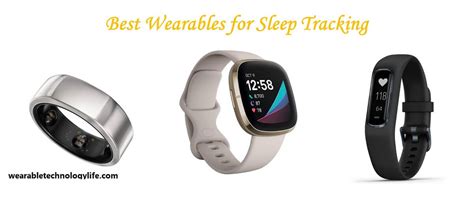
Understanding the Core of Sleep Recovery
Before diving into specific gear, it’s crucial to understand what ‘recovery’ means in the context of sleep. It’s not just about hours logged; it’s about the quality and progression through different sleep stages. Deep sleep (NREM stage 3) is vital for physical restoration, muscle repair, and growth hormone release. REM sleep, on the other hand, is critical for cognitive function, emotional regulation, and memory consolidation. Heart Rate Variability (HRV) and resting heart rate are also key indicators of nervous system recovery and readiness.
The Contenders: A Look at Popular Sleep Tech Categories
1. Wearable Sleep Trackers (Rings, Watches, Bands)
Devices like the Oura Ring, Whoop Strap, and various smartwatches (e.g., Apple Watch, Garmin) are front-runners in this category. They monitor a suite of biometrics including heart rate, HRV, skin temperature, movement, and blood oxygen saturation throughout the night. Their primary value lies in providing granular data on sleep stages (deep, REM, light), sleep duration, disturbances, and recovery scores.
- How they optimize recovery: By providing personalized insights into your sleep patterns, these devices empower users to identify trends, understand the impact of lifestyle choices (e.g., late meals, alcohol, exercise) on sleep quality, and make data-driven adjustments to their routines. They don’t directly induce sleep but offer the knowledge to improve it.
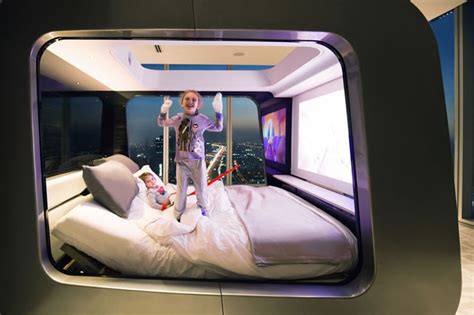
2. Smart Beds & Mattresses
Brands like Eight Sleep and Sleep Number offer sophisticated mattresses designed to actively enhance sleep. Features often include dynamic firmness adjustment, temperature regulation (heating/cooling zones), and integrated biometric tracking without requiring a wearable. Some can even wake you during a light sleep stage for a gentler awakening.
- How they optimize recovery: By actively controlling the sleep environment, smart beds aim to create ideal conditions for sustained, high-quality sleep. Temperature regulation is particularly effective, as a cooler core body temperature is conducive to falling and staying asleep, which in turn supports deeper recovery cycles.
3. Environmental Sleep Aids (Light, Sound, Temperature Control)
This category includes smart lighting systems (e.g., Philips Hue), sunrise alarm clocks, white noise machines, smart thermostats, and even smart pillows. These devices don’t track sleep but rather manipulate external factors known to influence it.
- How they optimize recovery: They help establish a consistent sleep-wake rhythm (circadian rhythm) and create a distraction-free, optimized sleep environment. Light therapy (dimming blue light in the evening, bright light in the morning) and consistent soundscapes can significantly improve sleep onset and continuity, thereby promoting uninterrupted recovery.
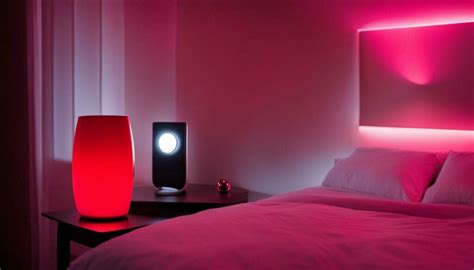
4. Advanced Sleep Enhancement Devices (Brainwave Stimulation, Smart Masks)
These are more niche and often involve direct intervention. Examples include headbands that use neurofeedback or gentle sound pulses to encourage deep sleep (e.g., Apollo Neuro, Dreem), or smart sleep masks that block light while delivering audio programs or gentle vibrations.
- How they optimize recovery: By directly influencing brain activity or sensory input, these devices aim to actively guide the brain into deeper, more restorative sleep states, or block disruptive external stimuli more effectively.
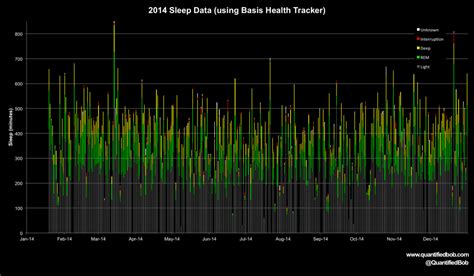
Which Gear Truly Optimizes Recovery?
The answer isn’t one-size-fits-all, but rather a blend of effectiveness and personal fit:
- For Data-Driven Insights: Wearable sleep trackers (Oura, Whoop) are arguably the most impactful for understanding and optimizing recovery. They provide actionable data that allows you to connect lifestyle choices directly to sleep quality and readiness scores, empowering you to make informed adjustments.
- For Environmental Control: Smart beds and sophisticated environmental aids excel at creating the ideal sleep sanctuary. If external factors like temperature or noise are your primary sleep disruptors, these can be game-changers.
- For Direct Sleep Enhancement: While promising, devices attempting direct brainwave manipulation are still emerging and may offer more subtle or individualized benefits.
Ultimately, true optimization for peak daily performance comes from a holistic approach. No single gadget is a magic bullet. The most effective strategy often involves combining the diagnostic power of a wearable with an optimized sleep environment (achieved through smart beds or environmental aids), coupled with consistent sleep hygiene practices.
The Bottom Line
The best sleep tech gear is the one that provides actionable insights, addresses your specific sleep challenges, and helps you consistently achieve the deep and REM sleep necessary for true recovery. Start with a reliable tracker to understand your baseline, then consider environmental controls, and finally, explore more advanced enhancement tools if needed. Your peak performance hinges on understanding and actively improving your sleep, and the right tech can be a powerful ally in that journey.
